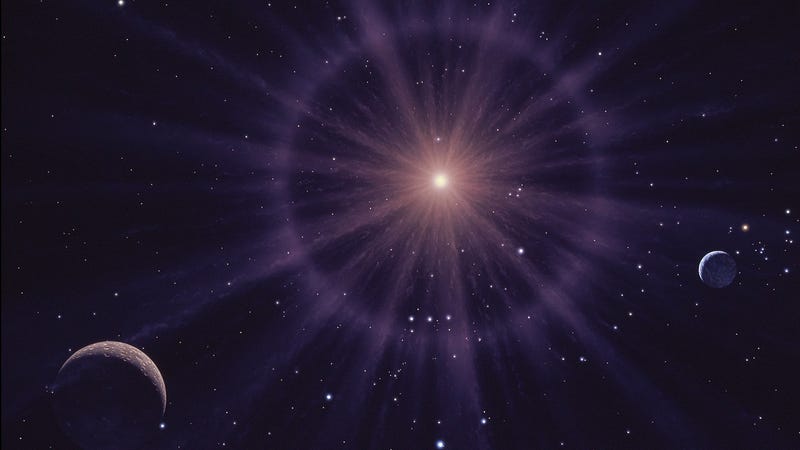
My friend who told me about the 5 BC Chinese “broom star” suggests that it was in the space between Capricorn and Aquila, since the Chinese constellation combines these two. That would make sense if there had been a star between the two constellations prior to 5 BC to suggest a connection between them. Such a star would rise in the west in the night sky relative to Persia (Parthia), leading anyone following such a star across ~1500 miles to the kingdom of Judah.[ref]It appears that camel caravans can travel about 50 miles per day, so the trip would have taken roughly 30 days.[/ref]
A supernova would also explain the phenomenon described in the Book of Mormon, where there was a night that appeared to be as bright as day. This is potentially consistent with the observation in modern translations of Matthew that the bright star appeared to rise with the dawn. If the supernova occurred during the Persian day, but was obscured by weather that evening, the first awareness in Persia of the celestial light would have been in the morning within 24 hours of the supernova’s appearance, where the star would have been seen in the eastern sky right before dawn.
While we may live our entire lives without seeing such a sight, it is known that several stars are primed to supernova in the relatively near future (within several thousand years). Astronomers estimate that Betelgeuse, the red giant in the constellation Orion, will light the sky as day for several weeks when it supernovas.